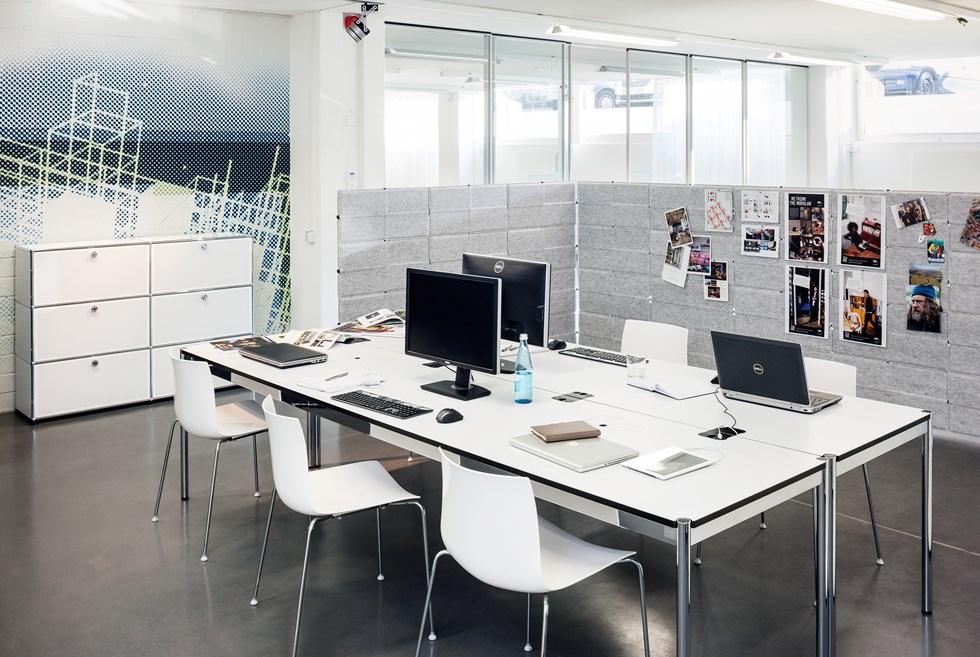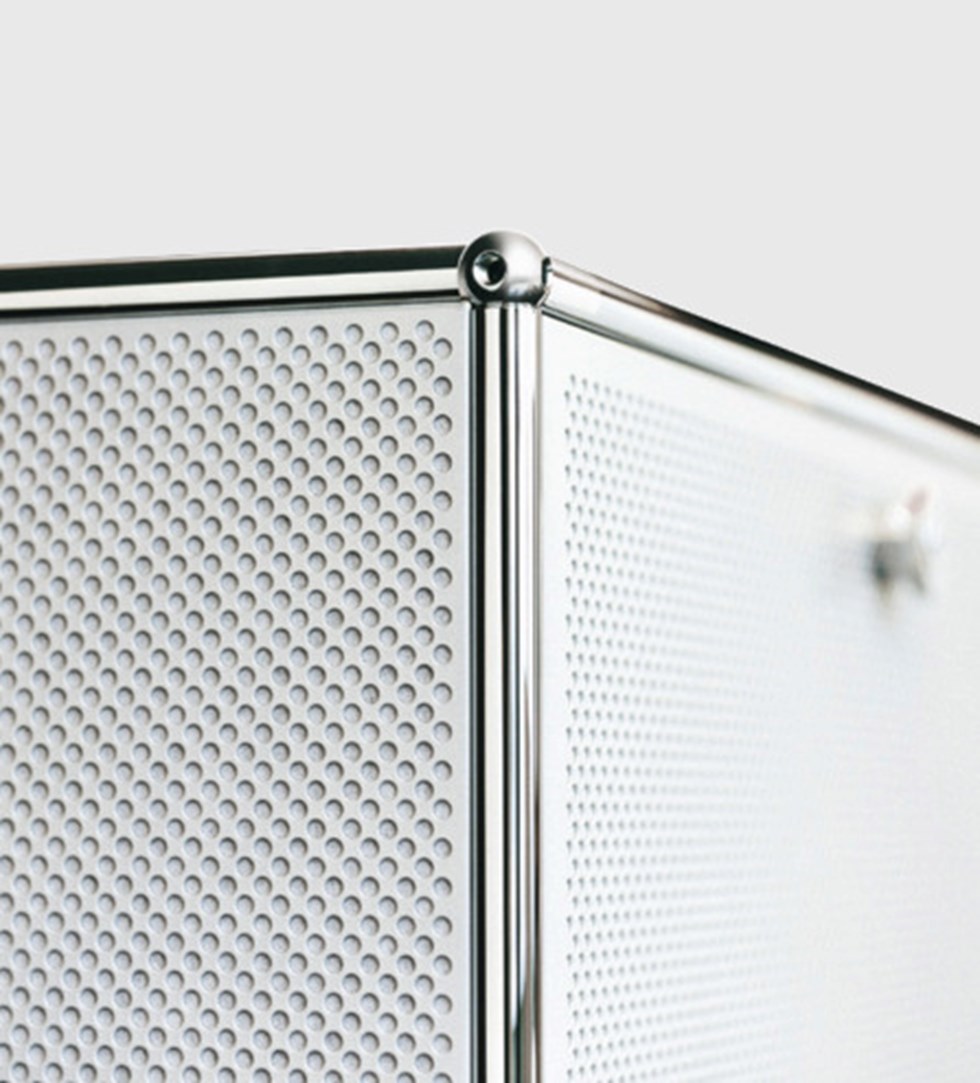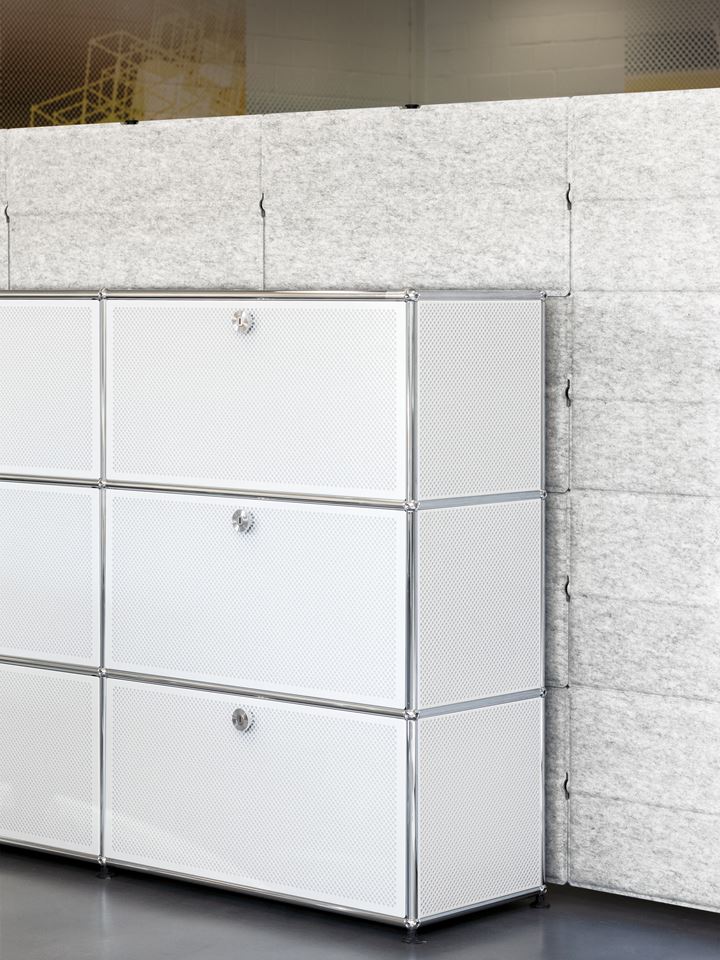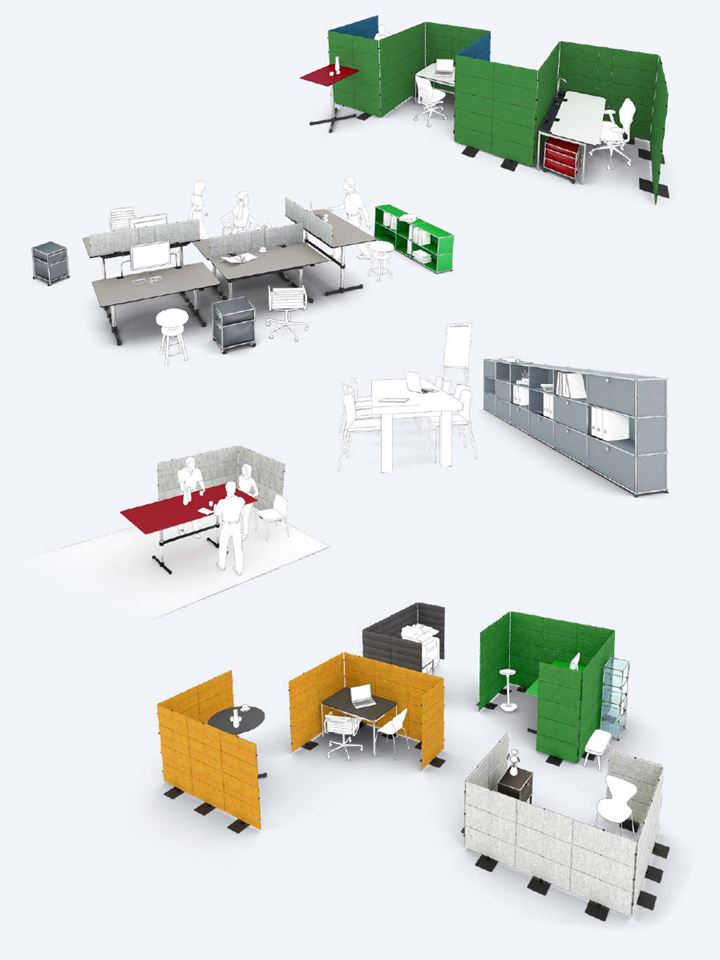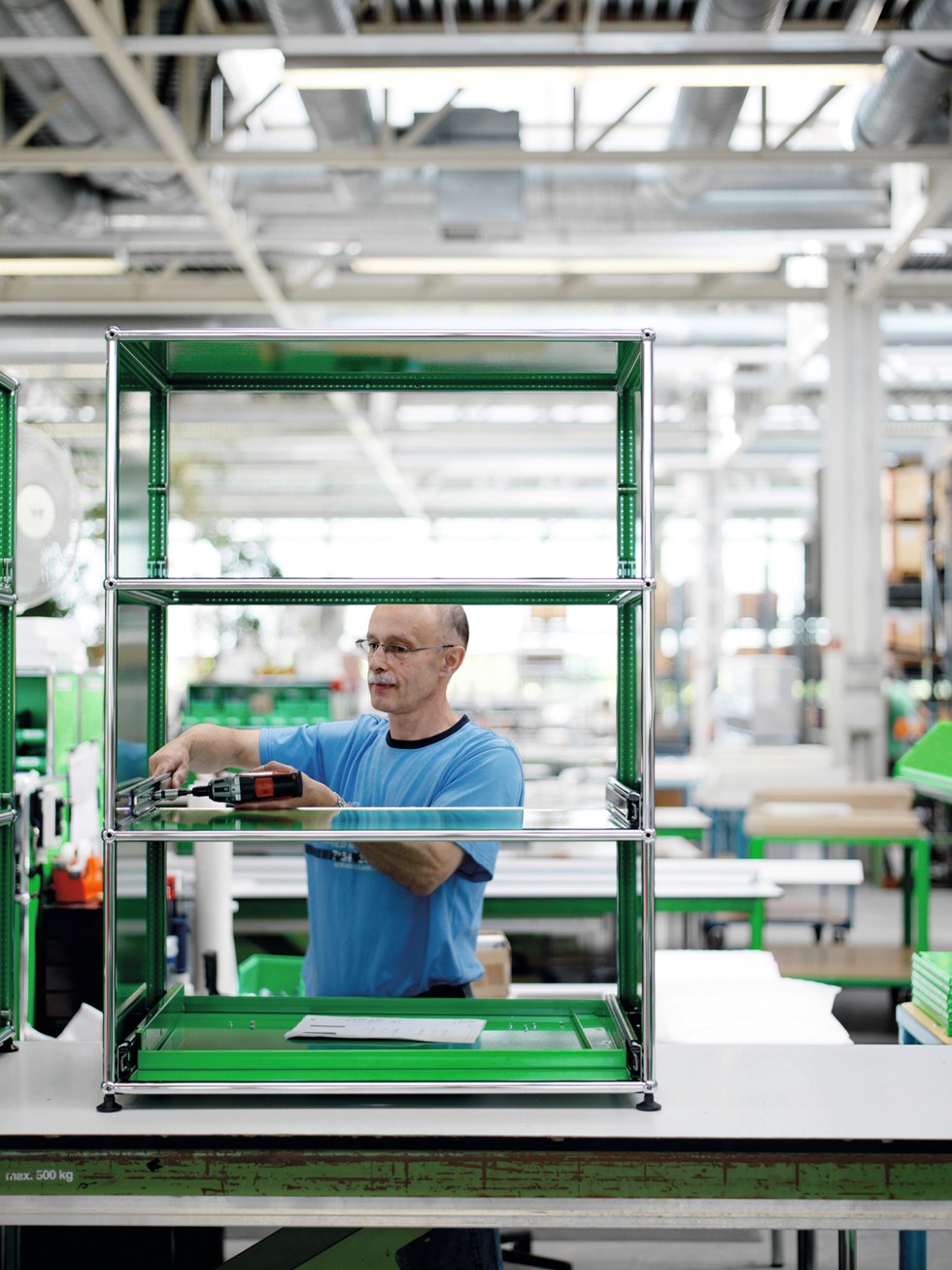The most important question concerning room acoustics is: What surfaces should I use to create optimum listening conditions in a room? The surfaces – walls, floors and ceilings, together with fixtures and fittings – are the basic components of the architecture. They form the space in which we live, work, communicate and relax. The materiality, characteristics and quality of these surfaces determine the essence of an architectural design.
Good room acoustics are not a luxury or optional extra – they are an integral part of good, well-conceived architectural design. And that’s why they concern everyone involved. It is thought that around 70 percent of the working population work in offices. Studies and surveys repeatedly show that alongside lighting conditions, acoustics are the most significant factor determining the well-being and thus the productivity of office workers. This is all the more important when we consider that informal communication in open plan, flexible office spaces is becoming more widespread and workers generally perceive noise as the most significant source of disturbance in the workplace.
Where there is less noise, there is less stress, more concentration, a lower turnover of workers and fewer days lost to stress-related illness. In short: A company which takes active steps to improve room acoustics will save a great deal of money in the long term.
- If as a user or tenant, I discover that rooms which initially seemed ideal for my purposes in fact suffer from poor acoustics, I will face unexpected expenses as a consequence.
- If as an architect, I neglect to take acoustics into account during the design process, I will have to live with the fact that visible surfaces and room structures in the building may be subsequently changed.
- If as a builder or investor, I neglect to take acoustics into account during the design process, I may have to invest in additional structural measures at a later date to create a more comfortable ambience.
But good room acoustics is not just important for ensuring a comfortable office environment: Reducing noise levels also has a positive impact in other sensitive areas, such as large lobbies, libraries, hotels or canteens. Acoustic problems can also occur in private homes, especially ones with high ceilings and hard surfaces made from glass, exposed concrete or screed. Anyone who values good room acoustics in their private domain, for instance someone who genuinely appreciates listening to music and has a particularly high quality audio playback system, would not willingly give up acoustically enhanced surfaces having once experienced their effect.



